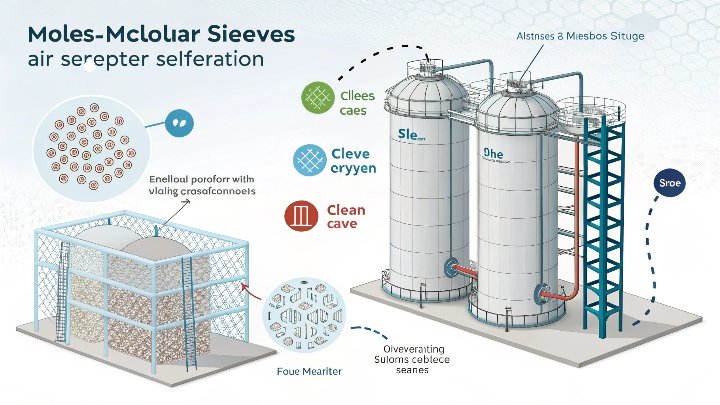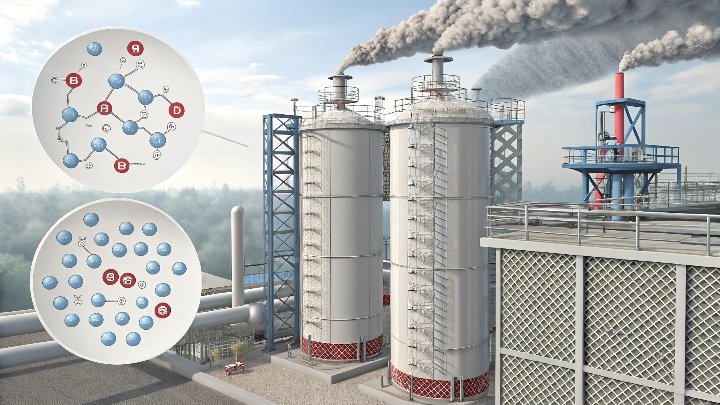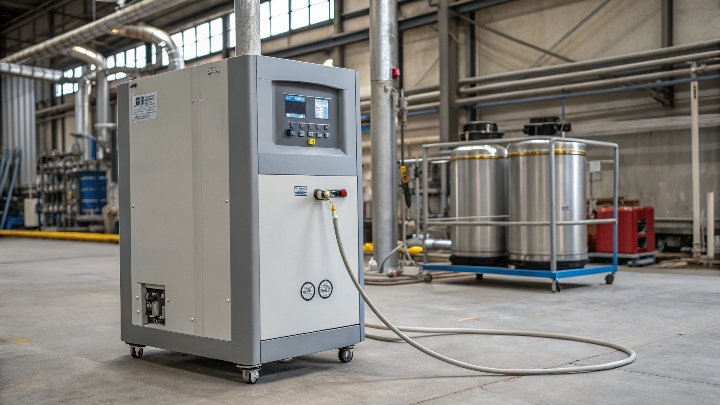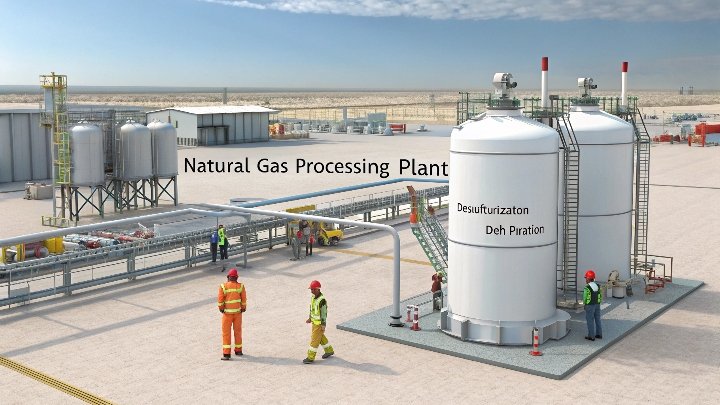Air separation plants rely on advanced technologies to extract gases like oxygen and nitrogen from air. Among these, molecular sieve technology stands out as a game-changer. How exactly does this tiny tech supercharge your oxygen production? Let’s dive in and explore its impact.
In air separation, molecular sieves are a key component in removing unwanted gases and moisture, boosting oxygen production efficiency. But how do they work, and why are they so crucial?
Air separation systems are critical in industries where high-purity gases like oxygen and nitrogen are needed. The efficiency of these systems directly impacts production, costs, and safety. Molecular sieves play an essential role in ensuring that air is purified before it enters other processes. In this article, we’ll explore the basics of molecular sieve technology, its real-world applications, and why the future of air separation depends on it.
How This Tiny Tech Supercharges Your Oxygen Production (Seriously)?
Molecular sieves, though small, pack a punch in the world of air separation. But what makes them so effective in oxygen production?
Molecular sieves use a process called adsorption to separate unwanted gases like CO2 and water from the air. This process is highly effective in ensuring only pure oxygen or nitrogen is left.
Molecular sieves work by trapping certain molecules while letting others pass through. They’re designed to adsorb water vapor, carbon dioxide, and other trace gases, which can otherwise interfere with the quality of oxygen. This purification process helps improve the efficiency of air separation plants, enabling them to produce high-purity oxygen with less energy.
One of the primary advantages of molecular sieves is their ability to maintain a high adsorption capacity over time. In air separation systems, this means that the sieves can handle large volumes of air without needing frequent regeneration. This reduces downtime, cuts maintenance costs, and ensures a steady, reliable flow of oxygen or nitrogen.
3 Real-World Cases Where Molecular Sieves Saved Millions
Let’s take a look at how molecular sieve technology has been a game-changer for air separation plants around the world. These real-world examples highlight its practical benefits.
Case 1: A Global Oxygen Production Facility
A large oxygen production plant based in North America switched to molecular sieves for their air purification process. The result? A 30% increase in oxygen production capacity. This significant improvement came from the sieves’ efficiency in removing impurities that would have otherwise lowered the purity of the oxygen, thereby saving millions in lost revenue.
Case 2: A Chemical Processing Plant in Europe
A chemical plant in Europe was facing issues with moisture in their nitrogen supply, which led to corrosion in their equipment. By integrating molecular sieves, the plant significantly reduced moisture content, extending the lifespan of their machinery and cutting maintenance costs by 15%.
Case 3: A Natural Gas Plant in the Middle East
A natural gas processing facility in the Middle East was experiencing challenges with carbon dioxide in their nitrogen supply. The installation of molecular sieves to remove CO2 not only improved the quality of their nitrogen but also saved the plant over $5 million annually in operational costs.
These cases show that the benefits of molecular sieves are not just theoretical—they can have a significant financial impact on operations.
The Future of Air Separation: Why Your Factory Can’t Afford to Ignore This
The air separation industry is constantly evolving. As technology advances, so too does the need for more efficient and cost-effective solutions. Molecular sieve technology is poised to play an even bigger role in the future.
With increasing demand for high-purity gases in industries like healthcare, aerospace, and energy, the importance of molecular sieves will only grow.
Looking ahead, the air separation industry is likely to see more innovations in molecular sieve materials and designs. These developments will focus on improving adsorption efficiency, extending service life, and reducing energy consumption. As plants continue to scale up production to meet global demand, having the right air purification technology in place will be crucial.
Molecular sieves offer long-term stability, which is vital in maintaining continuous, efficient operations. As air separation technology becomes more advanced, factories that adopt molecular sieves now will have a significant edge over their competitors in the coming years.
Conclusion
Molecular sieve technology is revolutionizing air separation systems by improving efficiency, reducing costs, and ensuring high-purity gas production. The future of air separation can’t afford to ignore this technology.






